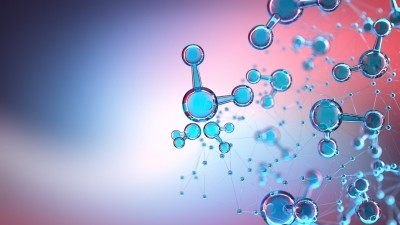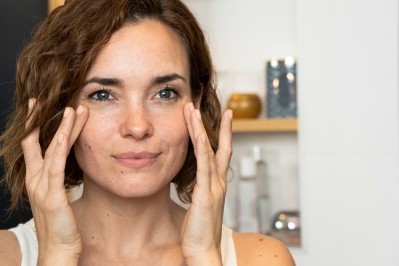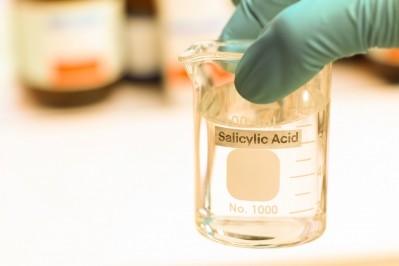Hydrinity’s R&D journey: From advanced wound care to microfusion technology

In the fast-paced world of skincare, innovation is key to staying ahead, and skin care brand Hydrinity has focused on innovating the space by blending advanced science with a focus on inclusive luxury. Under the leadership of CEO Keith O'Briant, the company is making strides with its patented Hyaluronic Acid and PPM6 Technology, aiming to address a diverse range of skin types with a commitment to simplicity and efficacy.
In this CosmeticsDesign Q&A, O'Briant provides insights into Hydrinity’s rigorous R&D process, detailing the steps from initial concept to final product, and how the company integrates cutting-edge technology and sustainable practices into their skin care product formulation development efforts.
CDU: Can you describe the R&D process at Hydrinity? What steps do you take from initial concept to final product?
Keith O'Briant (KOB): At Hydrinity, our R&D process is quite the journey, and we pride ourselves on being meticulous at every stage. It all starts with identifying a need or a gap in the skin care market, often inspired by customer feedback or emerging scientific research. From there, our team brainstorms and conceptualizes potential solutions, which then leads to the formulation stage.
We experiment with various ingredients and technologies, testing countless formulations in our lab. Once we have a promising prototype, we conduct rigorous clinical trials to ensure efficacy and safety. This involves everything from lab tests to real-world usage by volunteers. Only after a product passes these stringent tests with flying colors do we move on to final production and packaging. It's a long road, but seeing the positive impact on our customers' skin makes it all worth it.
CDU: How does your background in advanced wound care solutions influence your approach to skin care R&D?
KOB: My background in advanced wound care has significantly shaped my approach to skin care R&D. In wound care, the primary focus is on healing and regenerating the skin, which requires a deep understanding of skin biology and how different ingredients can influence healing processes. This knowledge has been invaluable in developing skin care products that do more than just provide surface-level benefits.
We apply the same principles of healing and regeneration to our skin care formulations, ensuring that they penetrate deeply and support the skin’s natural repair mechanisms. This approach helps us create products that are both innovative and highly effective.
CDU: Can you provide insights into the development of your Microfusion Technology? What inspired this innovation and what was the process like?
KOB: Microfusion Technology was born out of a desire to enhance the delivery and absorption of active ingredients in skin care products. Traditional formulations often struggle to penetrate the skin barrier effectively, so we set out to find a solution. Inspired by advancements in transdermal drug delivery, we developed Microfusion Technology to create nano-sized particles that can easily pass through the skin barrier.
The process involved a lot of trial and error, testing different particle sizes and compositions until we found the perfect balance. The result is a technology that ensures our active ingredients, like peptides and antioxidants, reach the deeper layers of the skin, delivering maximum benefits.
CDU: Can you discuss any recent innovations in your product line that resulted from your R&D efforts?
KOB: One of our most exciting recent innovations is the development of our Biocellulose Mask. This product came out of extensive R&D efforts to find the best material for delivering intense hydration and healing. Biocellulose, originally used in medical applications for wound care, proved to be incredibly effective for skin care as well.
The mask’s unique structure allows it to adhere closely to the skin, ensuring that the hydrating serum is absorbed efficiently. The feedback from our customers has been fantastic, and it’s become one of our top-performing products.
CDU: When developing products for new markets, such as Asia and South America, how do you adapt your R&D and formulation processes to meet local needs and preferences?
KOB: When entering new markets like Asia and South America, we take a tailored approach to our formulation processes. We start by researching the specific skin care needs and preferences of consumers in these regions. This involves studying local climate conditions, common skin concerns, and cultural beauty practices.
Based on this research, we introduce specific formulations to ensure they meet the unique needs of these markets. For instance, in humid climates, we might focus on lightweight, non-greasy formulations that offer excellent hydration without feeling heavy. This tailored approach helps us deliver products that resonate with local consumers and meet their specific skin care needs.










